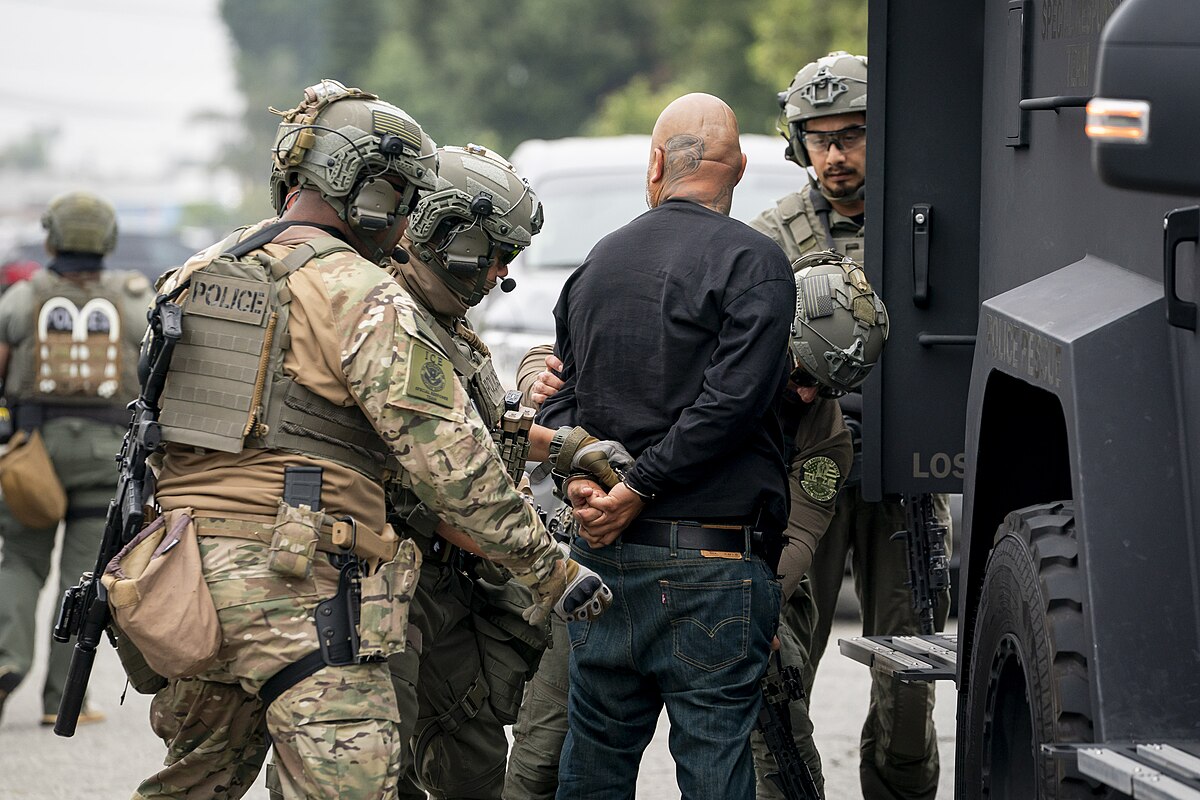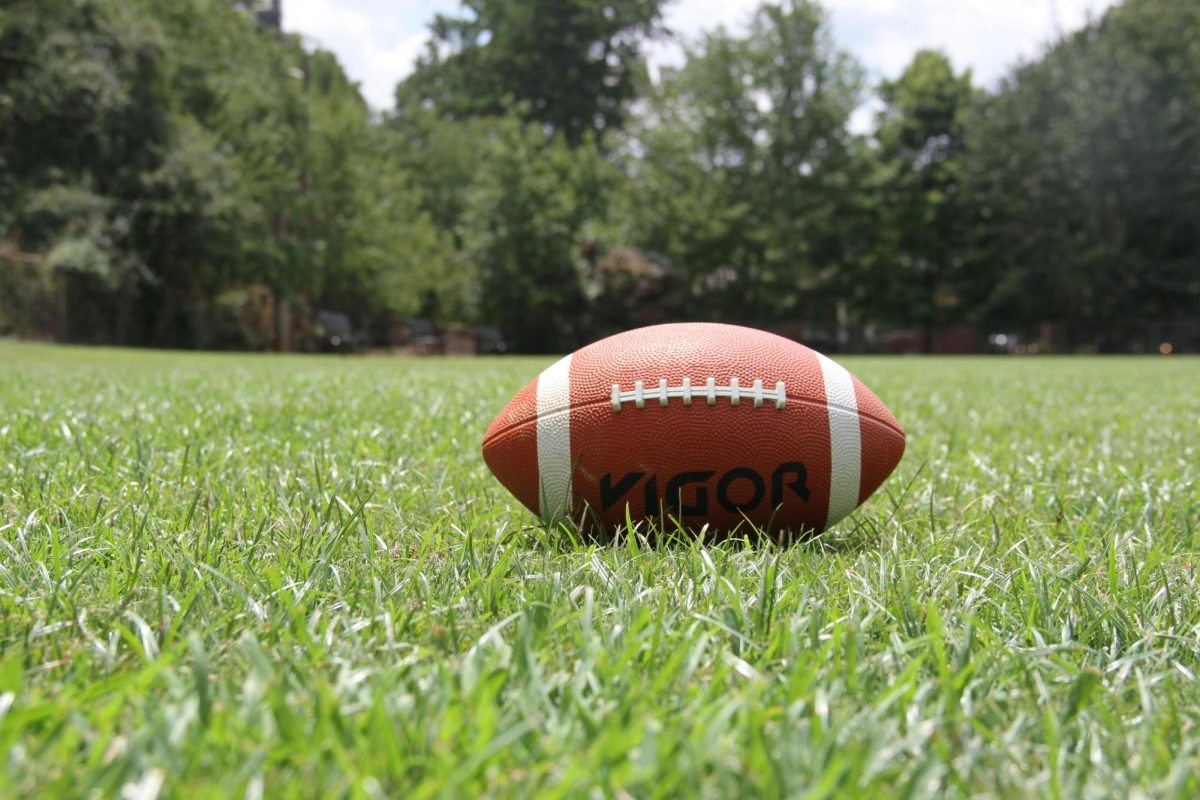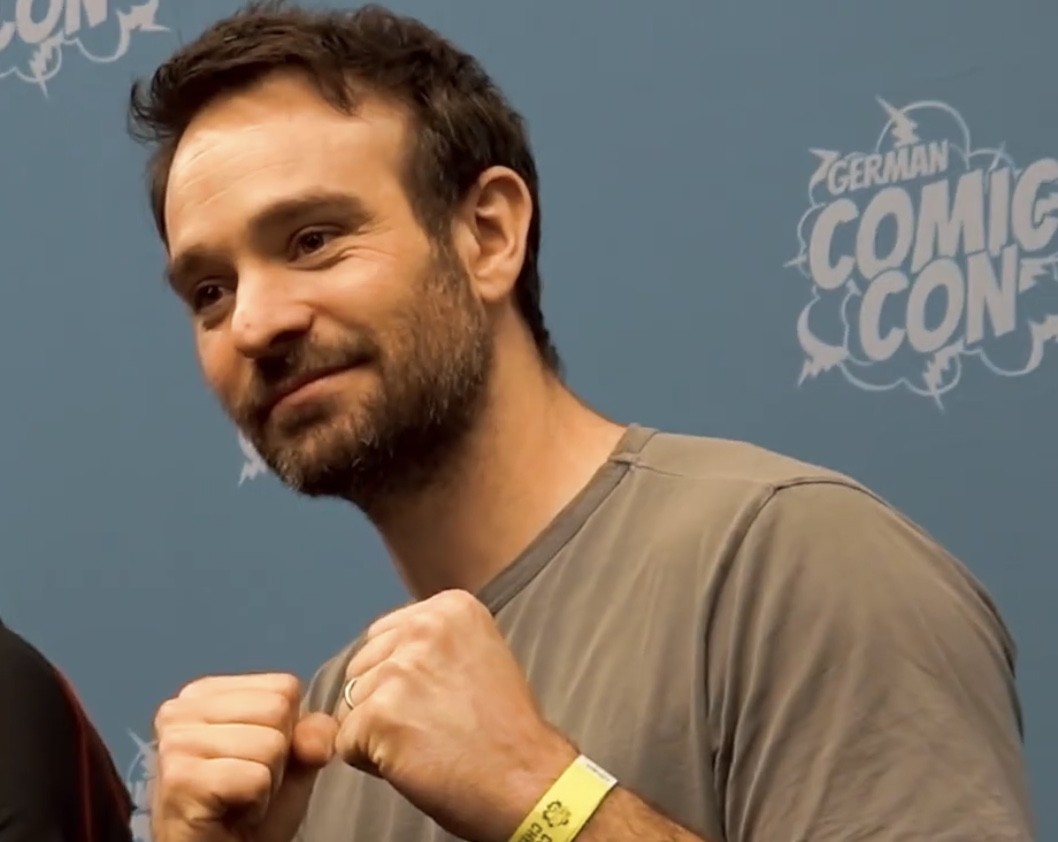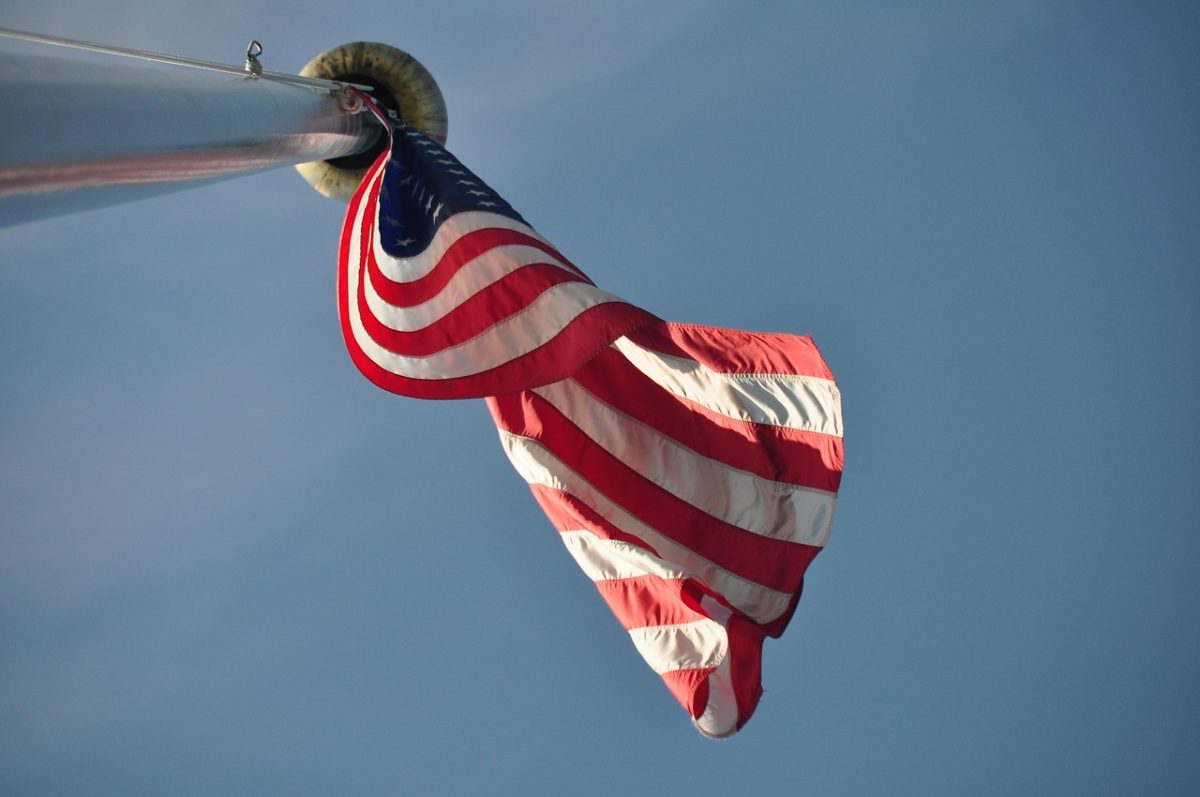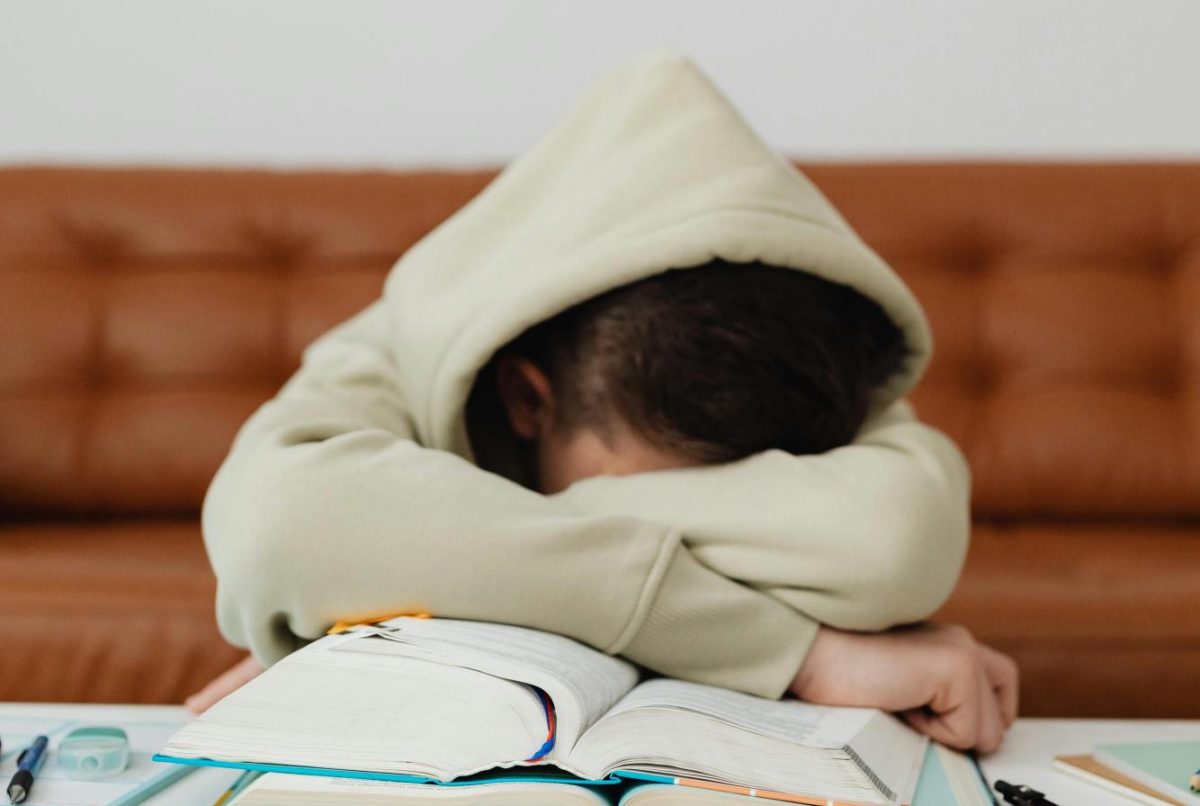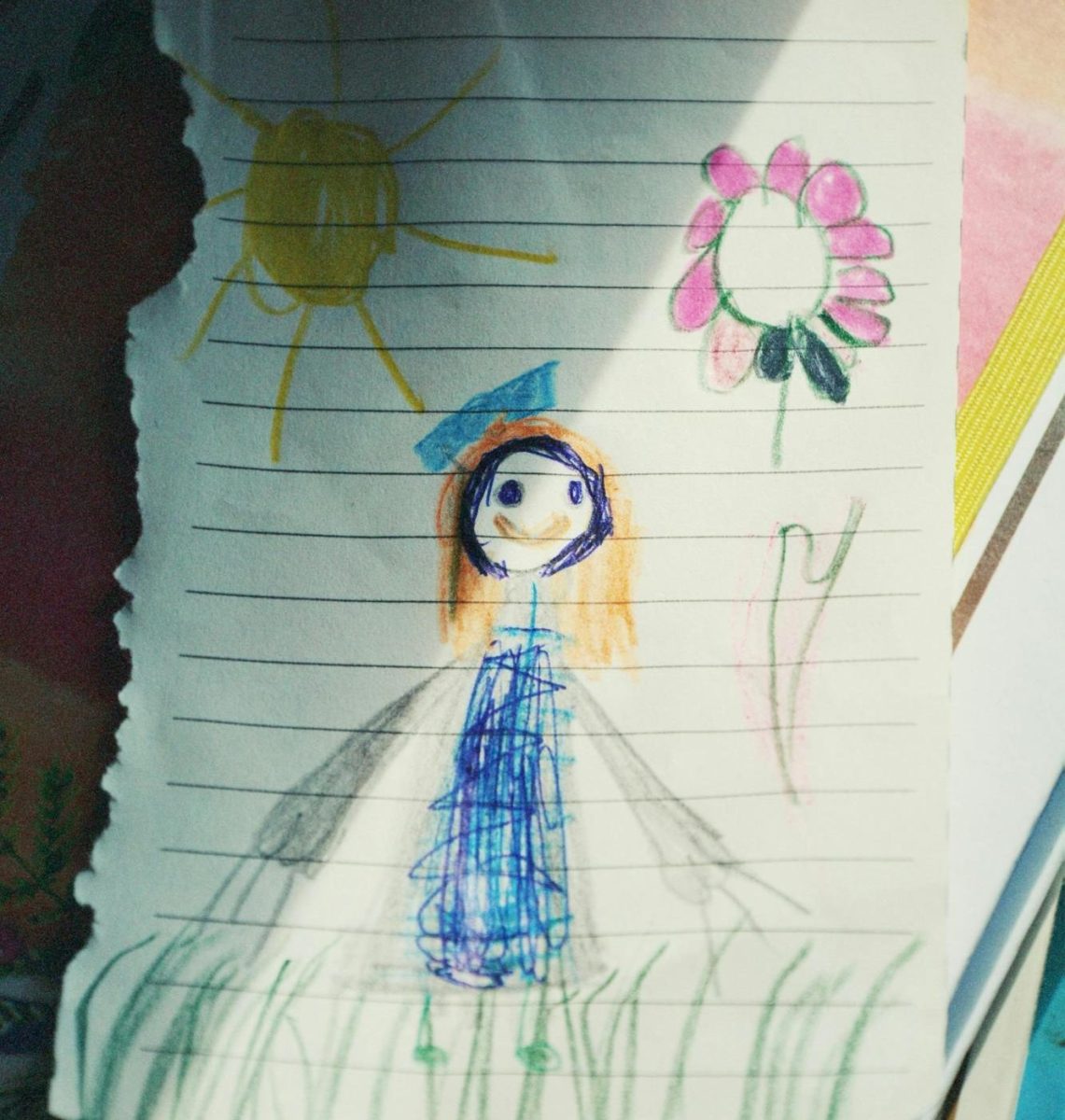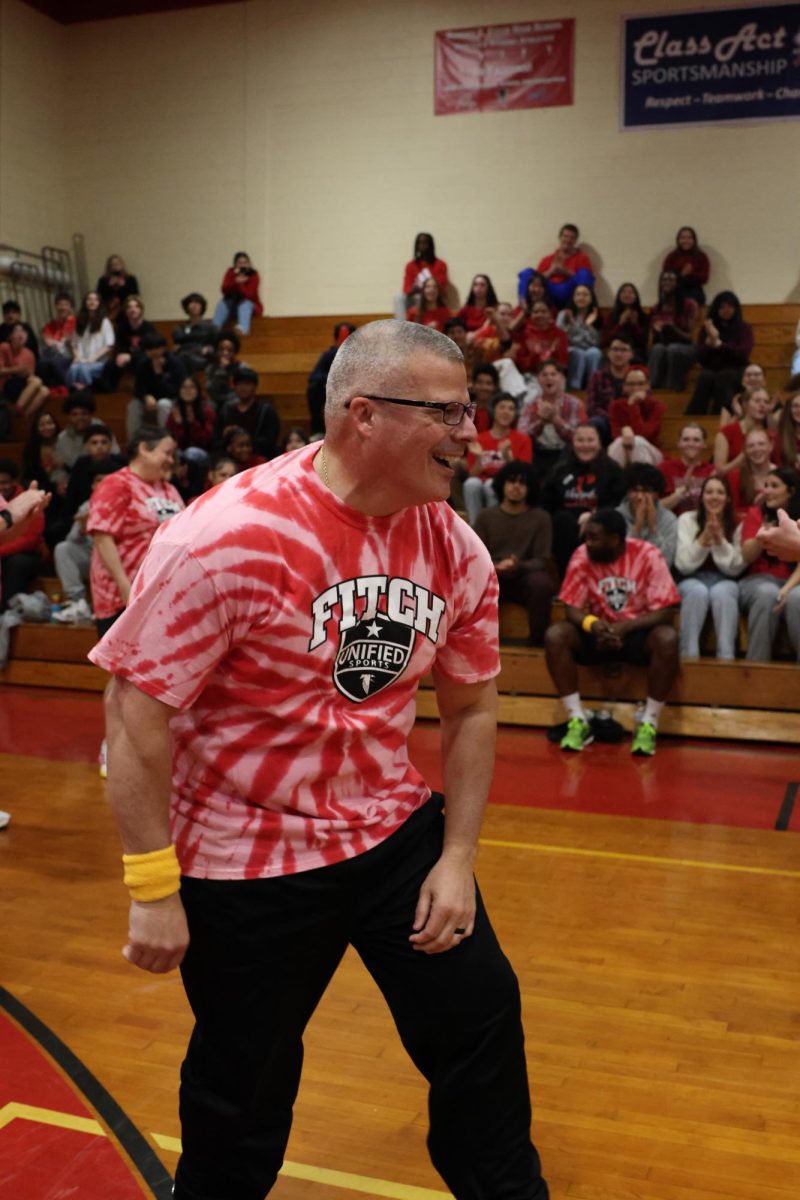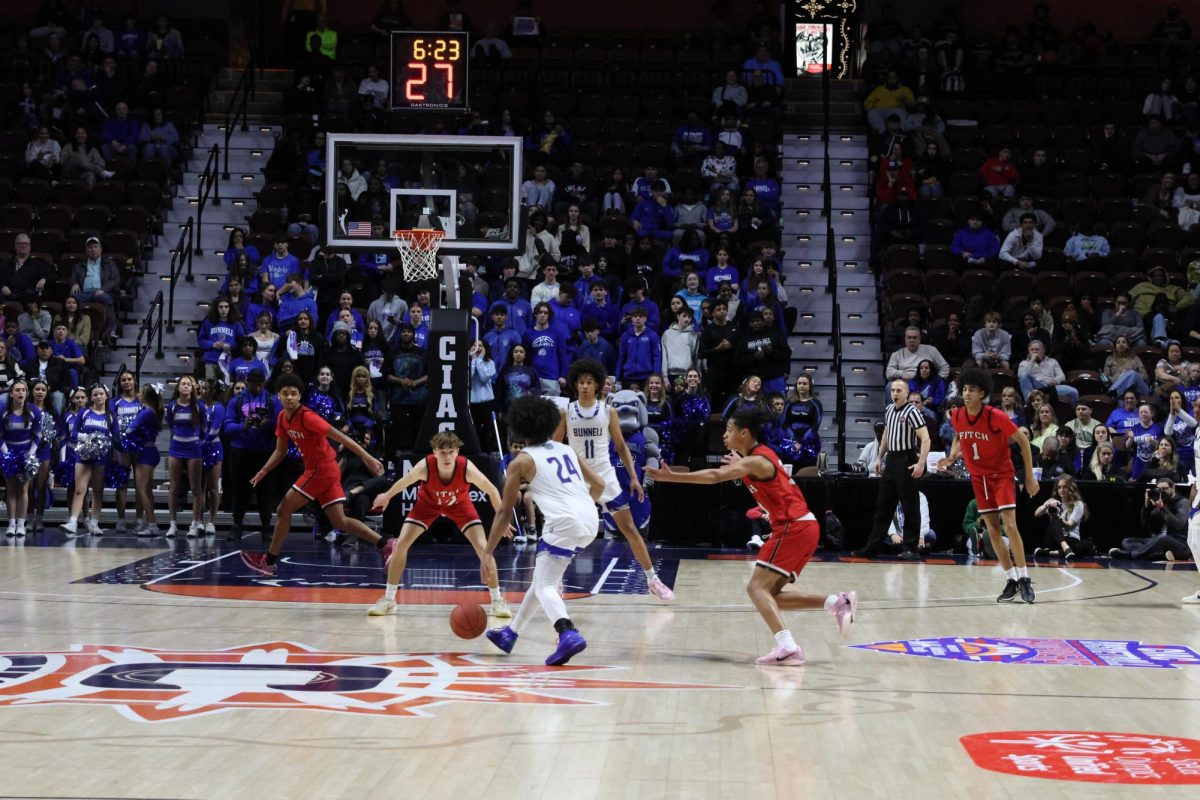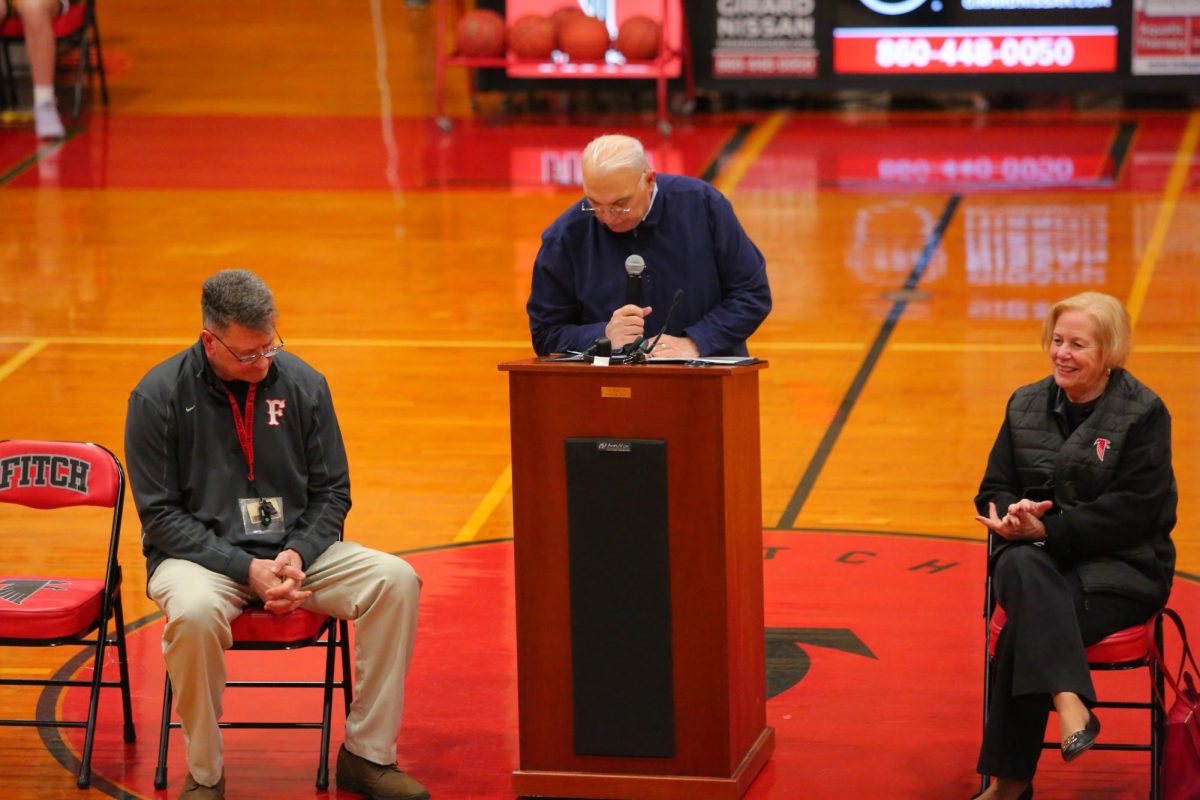A Brief History of Halloween
November 29, 2018
Halloween’s origins are in a Celtic holiday called Samhain, which means “summer’s end” in Gaelic. In this holiday, people would light bonfires and wear costumes to ward off ghosts. Celts lived in modern-day Ireland, what is now the UK, and northern France, and celebrated their New Year on November 1st.
To them, October 31st marked the end of the summer harvest, and the beginning of winter, the season of death. It was believed that during this day, the lines between life and death blurred, allowing ghosts to return to Earth. These ghosts would cause havoc and damage crops.
Druids, or Celtic priests, could make predictions of the future easier on Samhain, and would burn animals and crops as sacrifices to their deities. People would wear costumes made from animal heads and skins and tell each other’s fortunes. Later, all of their hearths would be lit from the bonfire to protect them.
In the year 43 AD, the Roman Empire conquered Celtic territory, and over the next 400 years, two festivals of roman origin were combined with Samhain: Feralia, which commemorated the dead’s passing, and a holiday celebrating Pomona, a goddess of fruit and trees.

In May 609, Pope Boniface IV dedicated the Pantheon to Christian martyrs, and All Martyrs day was created. This holiday was later expanded by Pope Gregory III to All Saints Day in the 8th century. and moved to November 1st. The holiday began to include some traditions with origins in Samhain, and the day before was called All Hallows Eve, later Halloween.
In the year 1000 AD, the day after All Saints Day became All Souls Day, and honored the dead. For this holiday people would wear costumes, typically angels, saints, or devils. Sometimes this holiday would be called All-Hallows, or All-Hallowmas.
In America’s first Halloween celebrations, public events were held to celebrate harvests, share stories of the deceased, tell each other’s fortunes, dance, and sing. Many different superstitions surrounded this holiday, including the belief that women could learn their future husband’s name or appearance, and things began to be thought of as unlucky, such as black cats, walking under ladders, breaking mirrors, stepping on cracks, and spilling salt.
Towards the late 1800s, Halloween became a more tame holiday, with fewer religious beliefs or superstitions surrounding it. Parties focused more on games, food, and costumes rather than bad luck or the dead.Trick-or-treating came from Irish and English traditions.
Today, Halloween is a holiday mostly for children, and in the U.S., $6 billion are spent by Americans. Halloween is the second biggest commercial holiday, following Christmas, and given its long history, it is no surprise.
Sources:
https://www.history.com/topics/halloween/history-of-halloween


